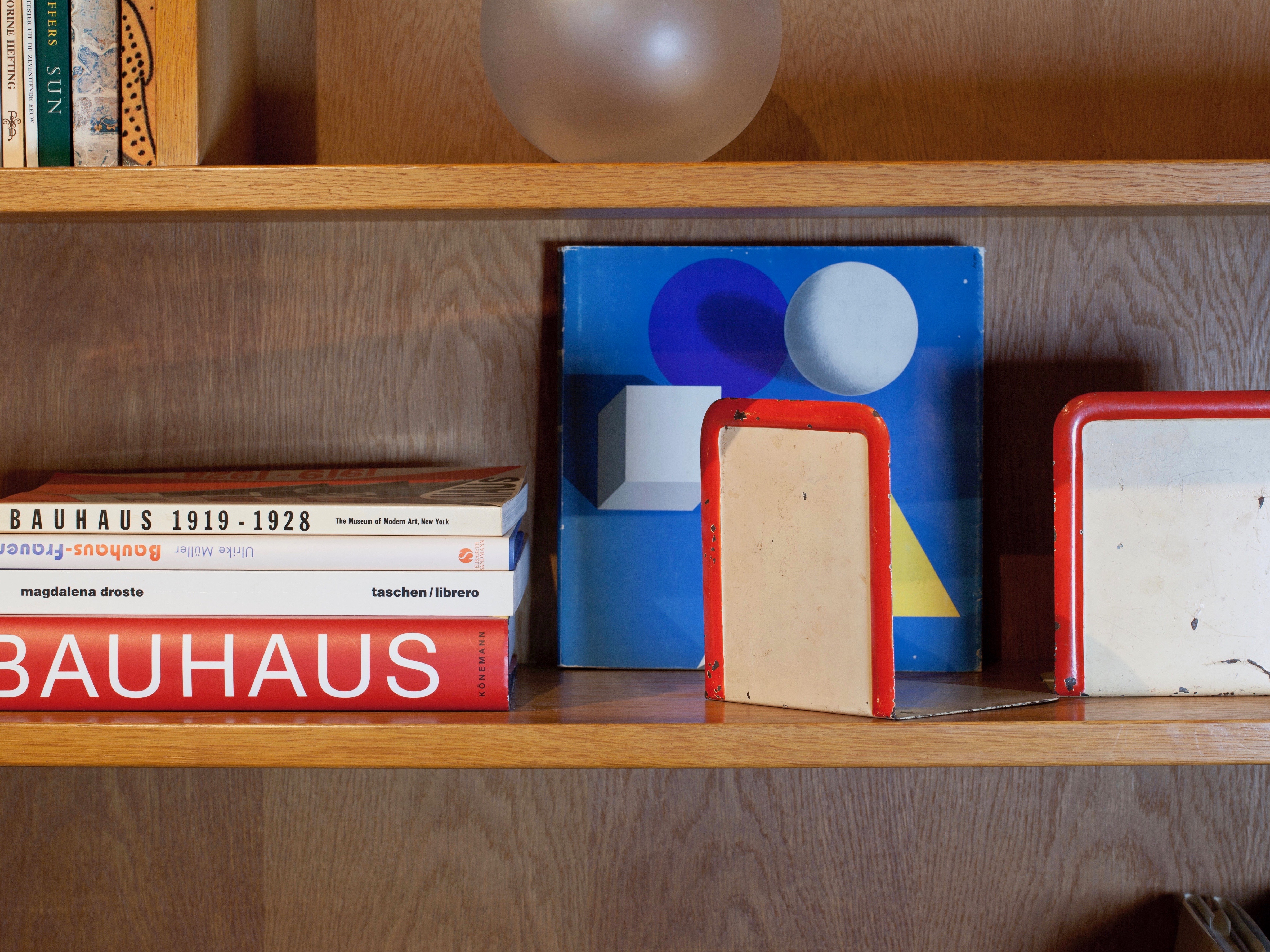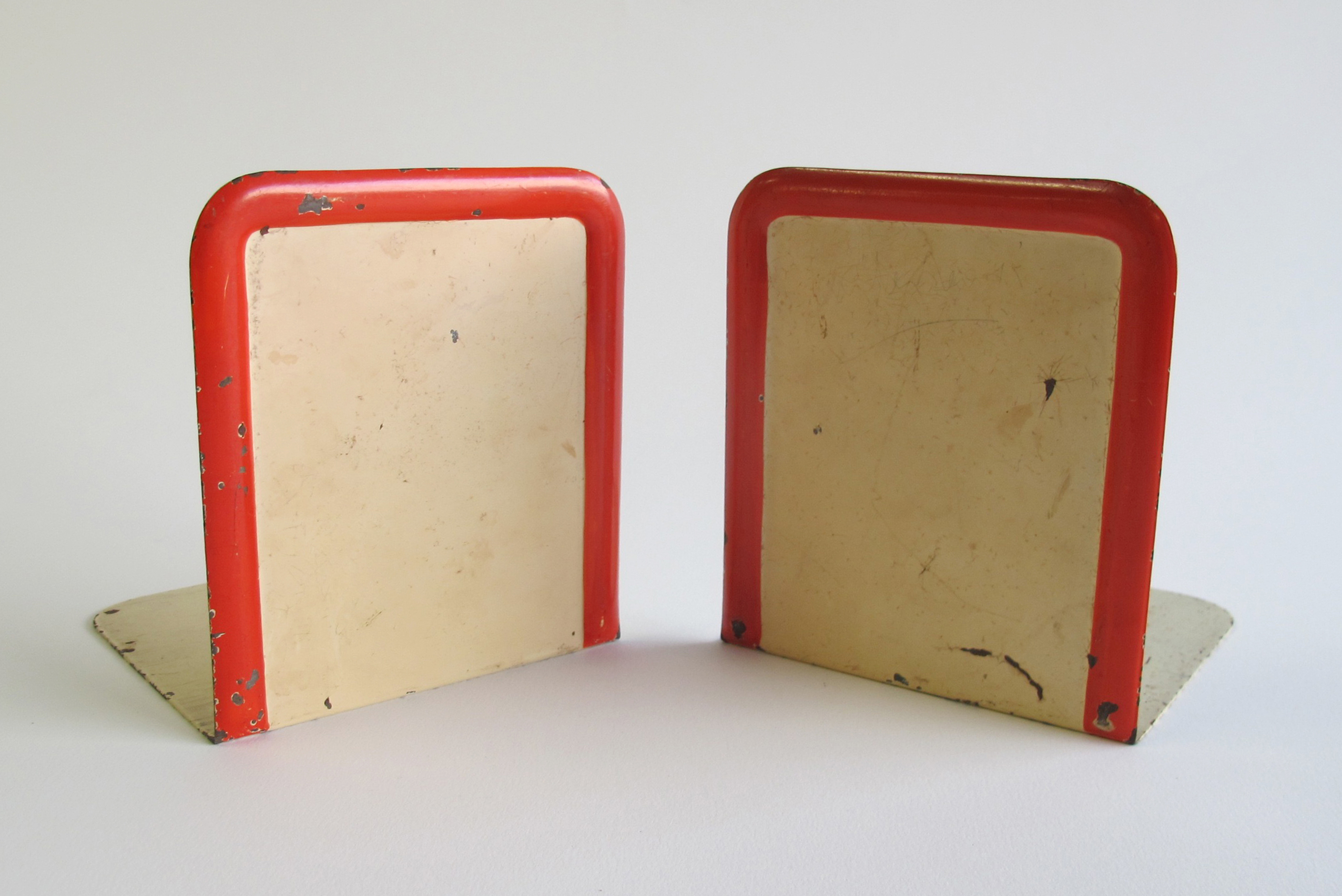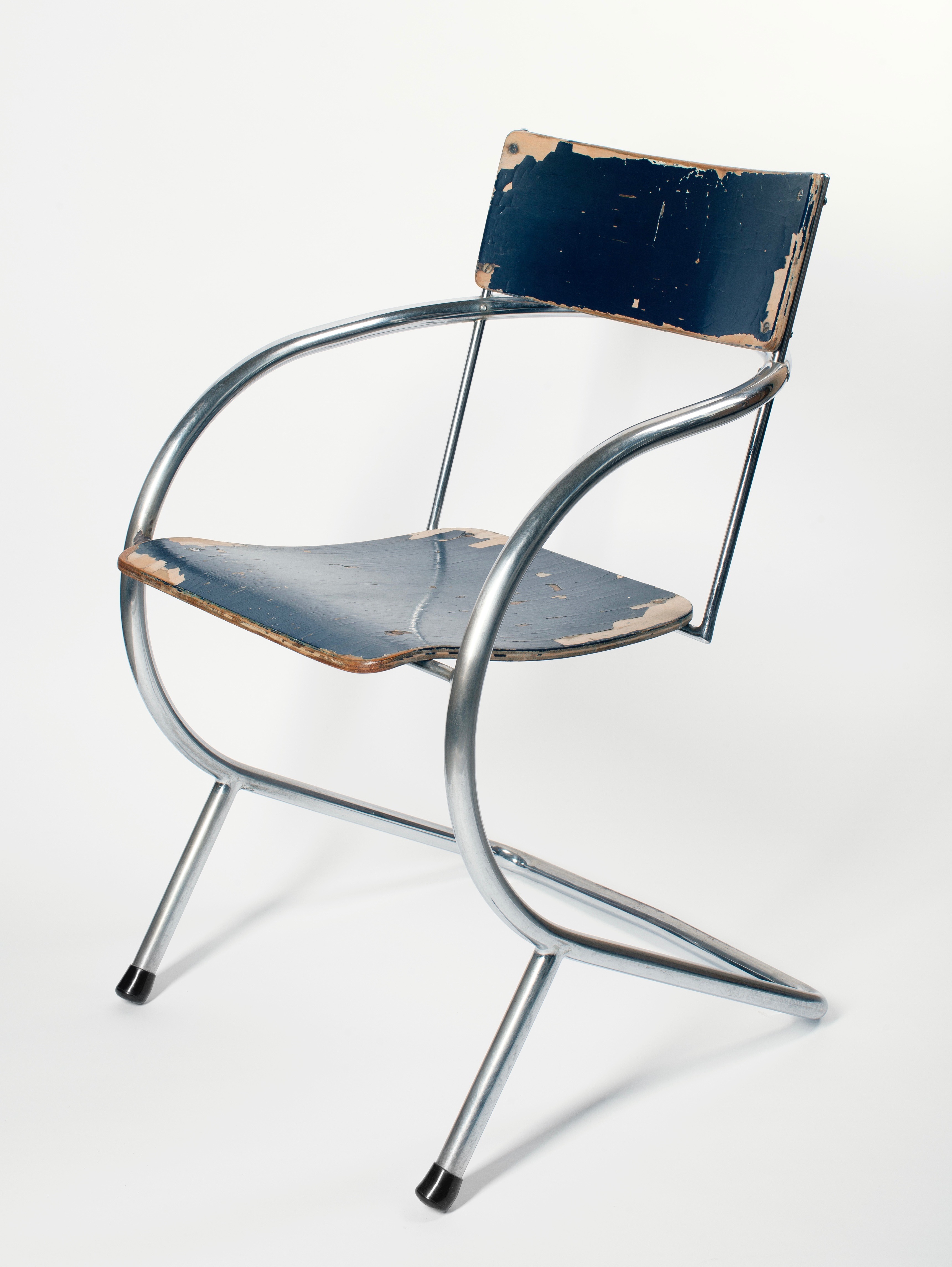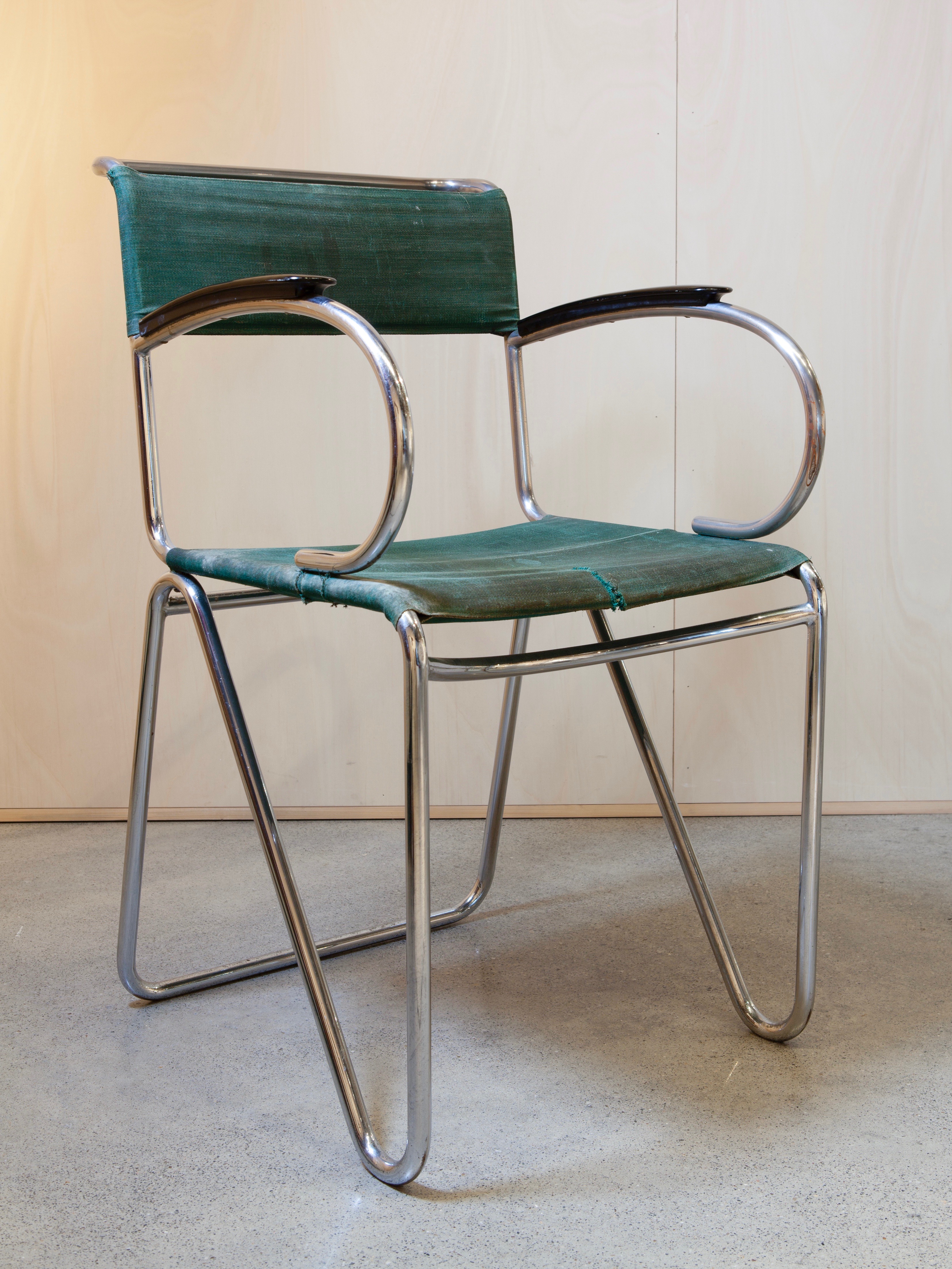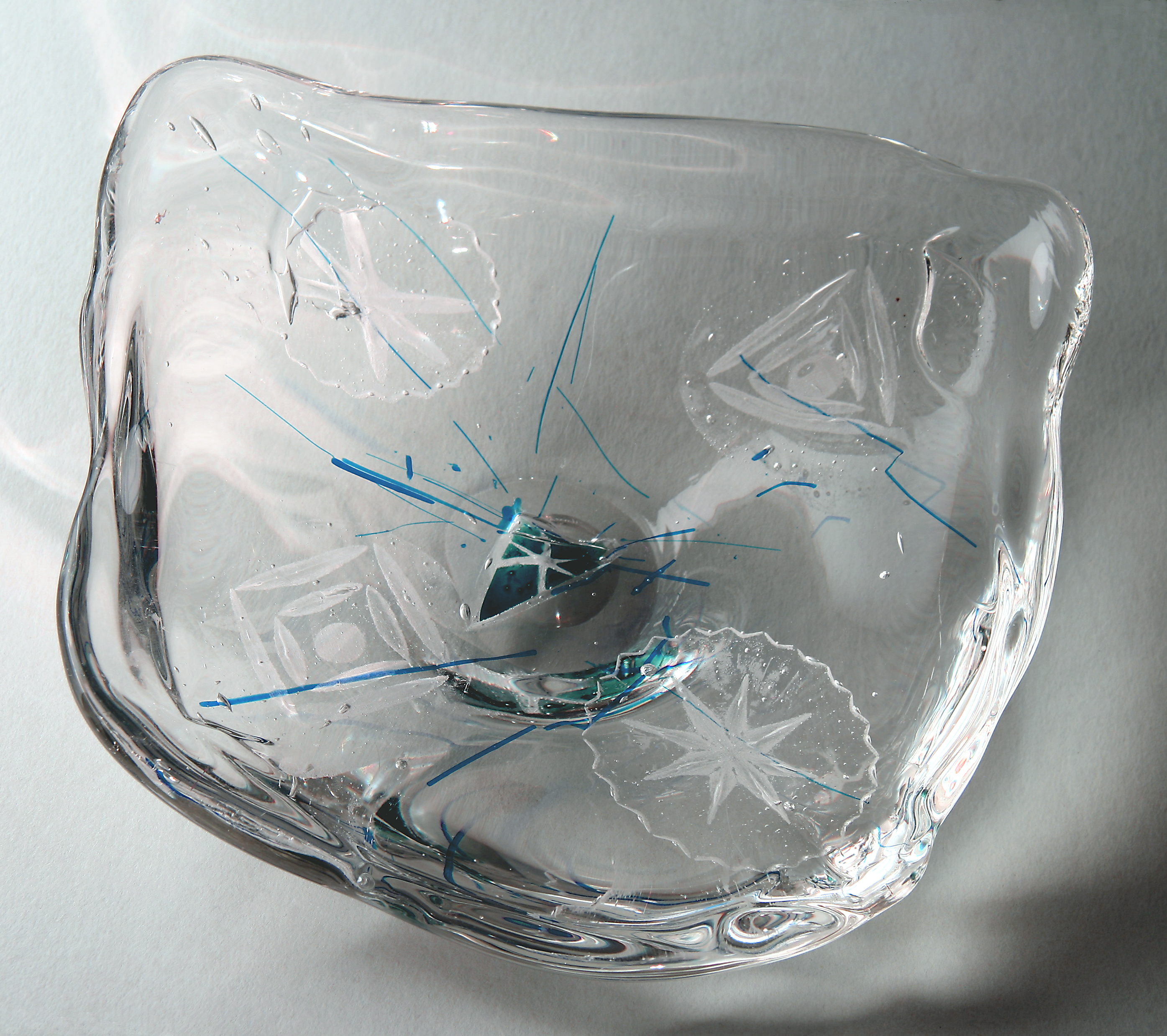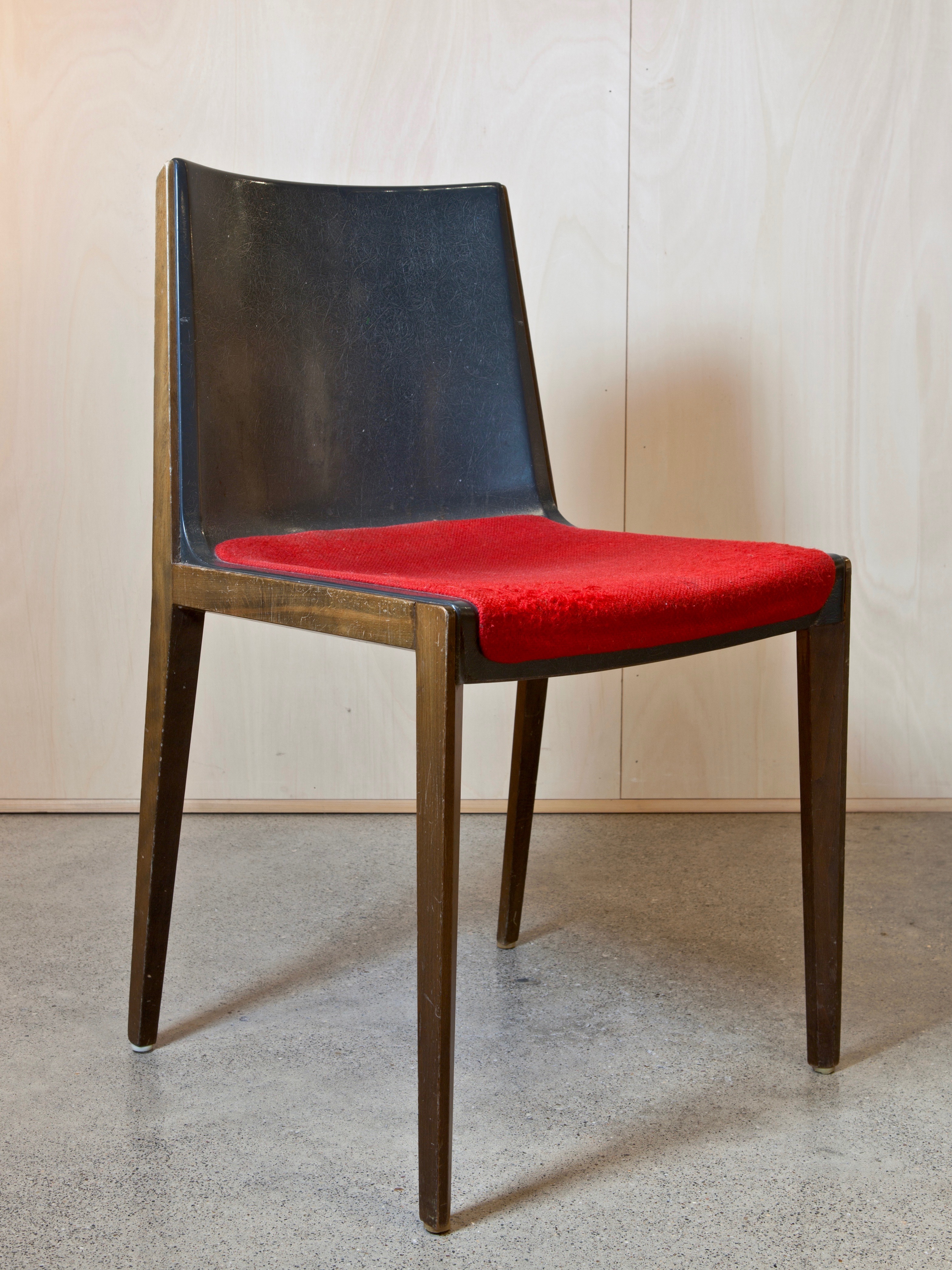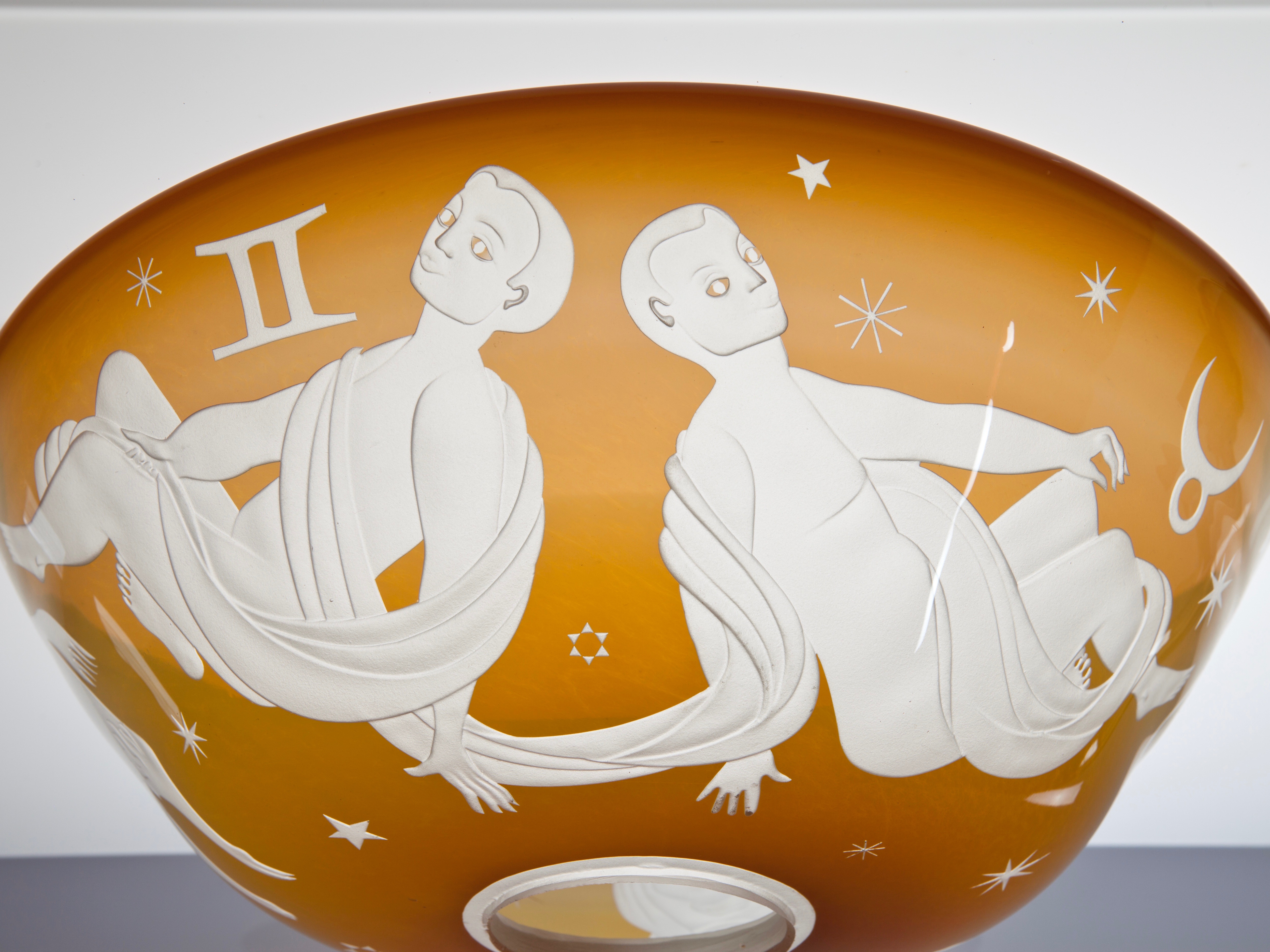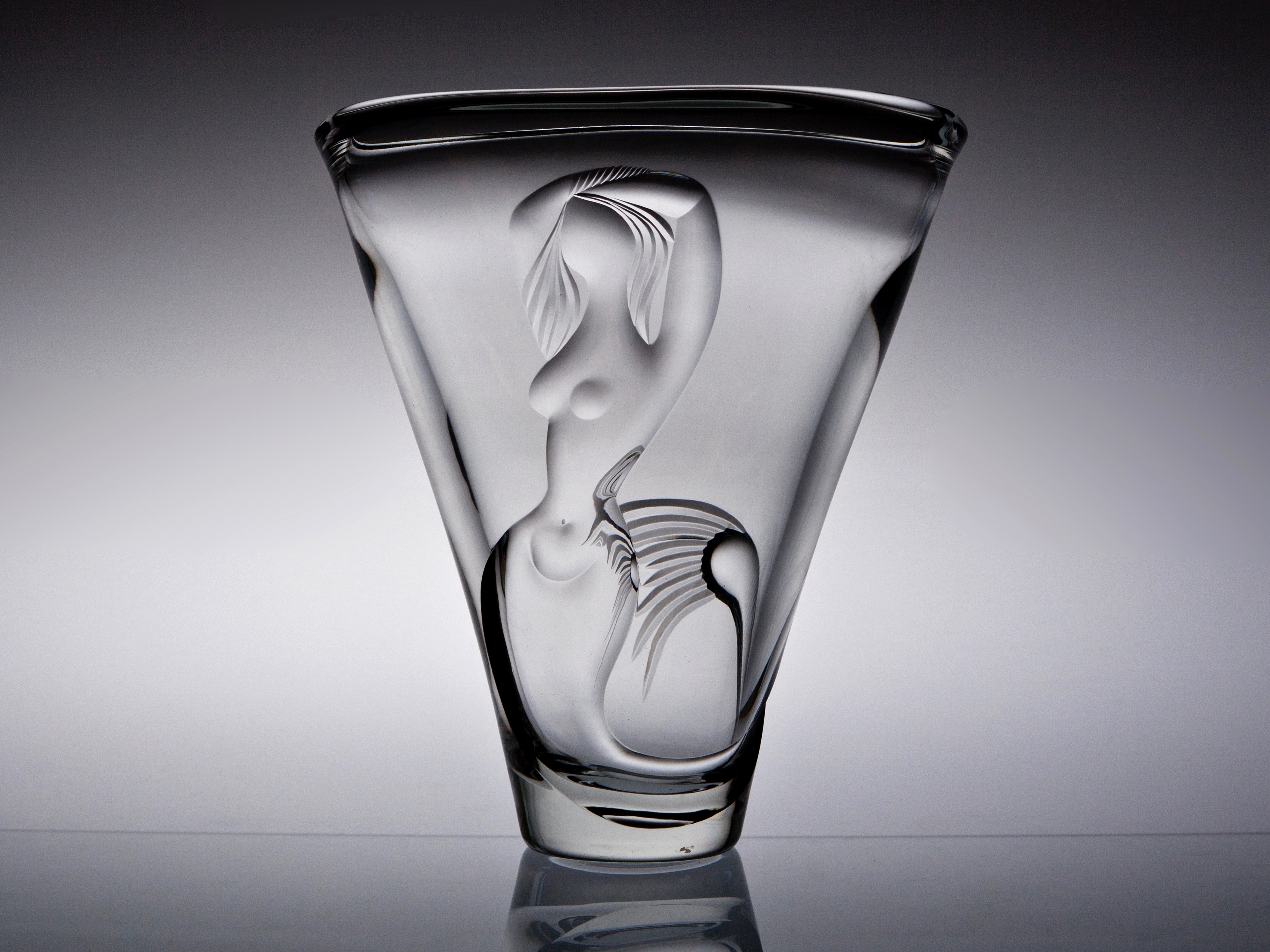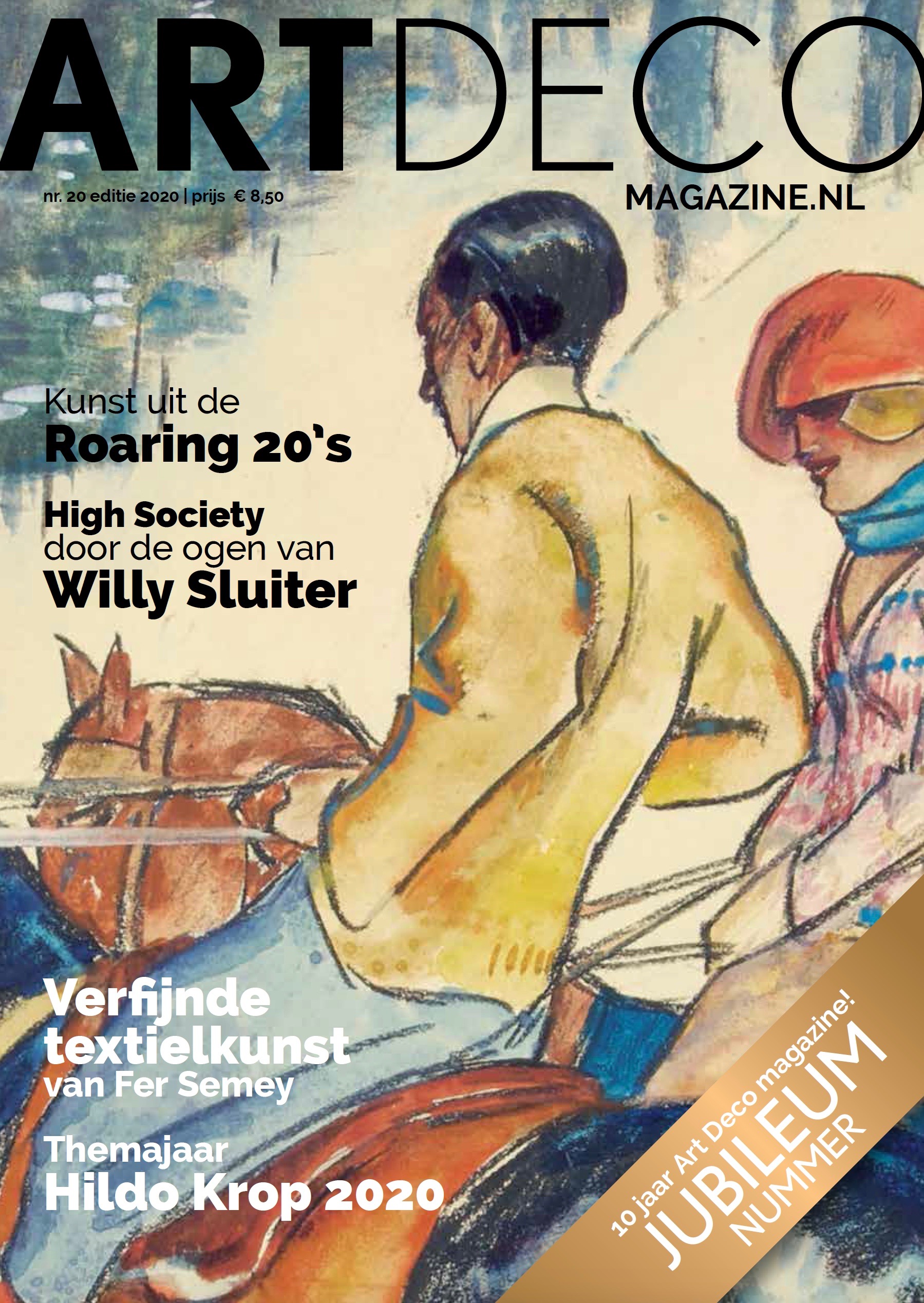In the spirit of Bauhaus
In 1919, architect Walter Gropius founded the Bauhaus, the most influential institute for design in history. This year the 100th anniversary of the Bauhaus is celebrated extensively in Germany. Even in the Netherlands, the centenary will not go unnoticed. Inspired by the Bauhaus jubilee, the Kunstconsult team selected six objects from the sales collection. Each of them is related to the Bauhaus.
Marianne Brandt
Bookends, 1930
The German painter, sculptor, photographer and designer Marianne Brandt (1893 – 1983) studied at the Bauhaus, where she became in charge of the metal workshop Ruppelwerk in 1928. Her lamps, ashtrays and tea sets are considered predecessors of modern industrial design. In 1930 she designed these functionalist bookends.
Paul Schuitema
Cantilever chair, 1932
Modernist Paul Schuitema (1897 – 1973) was a photographer, filmmaker and graphic and industrial designer. As a teacher at the Academy for Visual Arts in The Hague, he actively spread the Bauhaus ideology. In 1932, Schuitema was co-founder of furniture factory d3, manufacturer of tubular steel furniture. In the same year, d3 began producing this cantilever chair. The rare chair is characterized by its comfortable seat.
Hannah Höch
Aquarel ‘Pat u Patachon’, jaren 20
Dada-artist Hannah Höch (1889 – 1978) was supposed to exhibit at the Bauhaus in 1932. However, the Nazis did not let that happen: they forbade the intended exhibition. The title of this cheerful watercolor by Höch refers to the Danish comic duo Pat and Patachon, which caused a furore with silent movies in the 1920s.
Willem Hendrik Gispen (1890 - 1981) was there when the Bauhaus presented the first cantilever tubular steel chair in Stuttgart in 1926. When Gispen came up with cantilever models as well, there was a discussion about copyright in which Thonet, with designers Mart Stam and Marcel Breuer, faced Gispen. Not much later, Gispen was commissioned to supply the chairs for the Van Nelle factory in Rotterdam. The building was equipped with several versions of the diagonal chair. Gispen presented a prototype in 1927 and from 1929 the chair was taken in serial production. The name was derived from the sharp bend in the steel.
Paul Citroen
Leerdam Unica, 1960
Roelof Paul Citroen (1896 – 1983) attended the Bauhaus from 1922 to 1925. Later he was one of the founders and teachers of the New Art School in Amsterdam. Famous are his photocollage Metropolis from 1923 and his portraits of celebrities. In 1960, Glass Factory Leerdam produced 54 unique glass objects designed by Paul Citroen. This beautifully decorated bowl is a good example.
Friso Kramer
Wood-polyester chair, 1966
At the Institute for Applied Arts in Amsterdam, under direction of Mart Stam, Friso Kramer was taught according to the Bauhaus ideologies. He would develop into a well-known Dutch industrial designer, who wanted to ‘design himself away’. In 1966 he created de Wood-polyester chair for the German manufacturer Wilkhahn.
Text: Bobby van Brussel
Photos: Erik Rijper, Dennis A-Tjak, Dieter Enke
© Kunstconsult – 20th century art | objects
Reproduction and distribution of this text is only allowed with correct reference.
